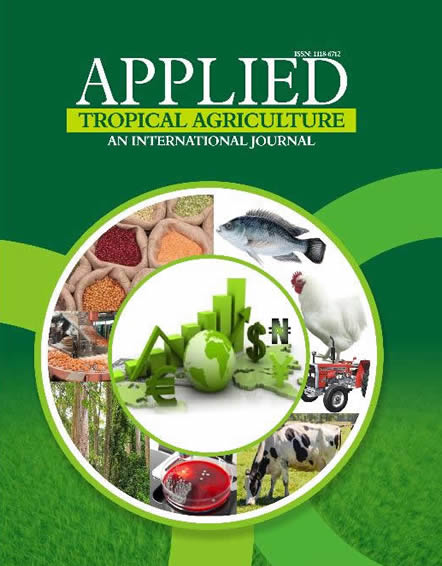There are about 900 different kinds of trees in Nigeria; some are easily recognized but many can only be named with certainty, when flower or fruits are available. Some tree species remain several years without flowering. For this reason, the use of vegetative characteristics to distinguish between tree families, genera or species is the norm. However, different individuals of the same species may present a variation in their morphology either naturally or in connection with local adaptations. Khaya species are among the important timber tree species in Nigeria as well as in some west and central African countries. There has been a serious and growing concern regarding the status and use of these forest resources in Nigeria. However, some researchers have pointed out that Khaya is one of the genus that is threatened by extinction because of the high level of exploitation with little or no regeneration. Therefore, it is crucial to investigate the current status of Khaya species for conservation and to conduct research that will provide up-to-date information on the morphological characteristics of species in this genus to enhance their taxonomic identification. The study area was south-western Nigeria. Four protected forest reserves and four unprotected (free) areas around each of the forest reserves were purposely selected for this study after a reconnaissance survey. Inventory of all Khaya species within these selected forests was then undertaken. Nine morphological characteristics were measured on every ten (10) randomly chosen leaves from each tree. Bark thickness of each tree was measured using bark gauge. Interestingly, discriminant analysis classified some species based on individual morphology into the different populations. This was an indication that some species have similar morphological features, with different species occupying the same geographical location. Adaptation has been seen as the reason for different species of mahogany co-existing in the same place and exhibiting the same morphological characteristics. However, this research work has provided some morphological traits that could still help to differentiate them despite their morphological similarities.
PAPER TITLE :BIOSYSTEMATICS, MORPHOLOGICAL VARIABILITY AND STATUS OF THE GENUS KHAYA IN SOUTH WEST NIGERIA
APPLIED TROPICAL AGRICULTURE | VOLUME 21 NUMBER 1 2016
Paper Details
- Author(s) : Lawal, A.1*, Adekunle, V.A.J.1 and Onokpise, O.U.2
- Abstract:


